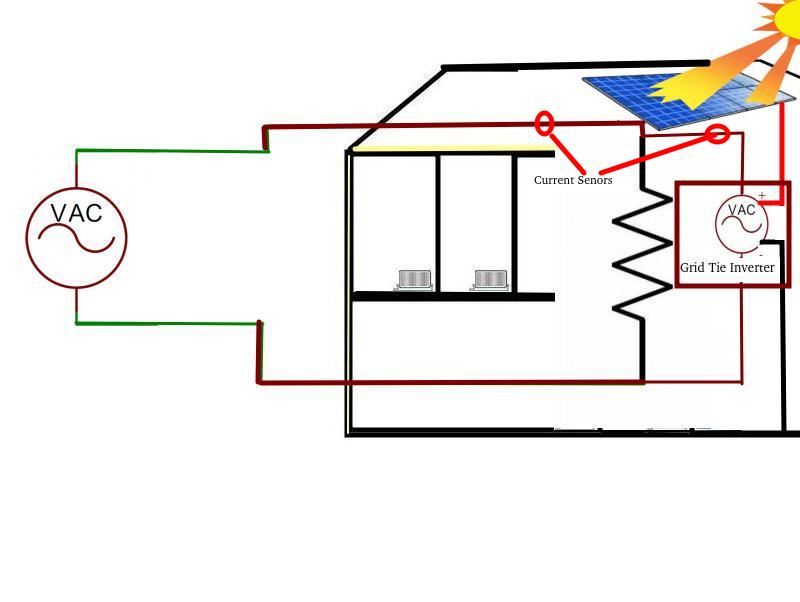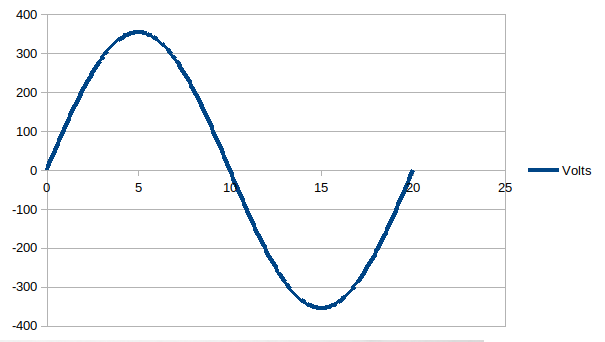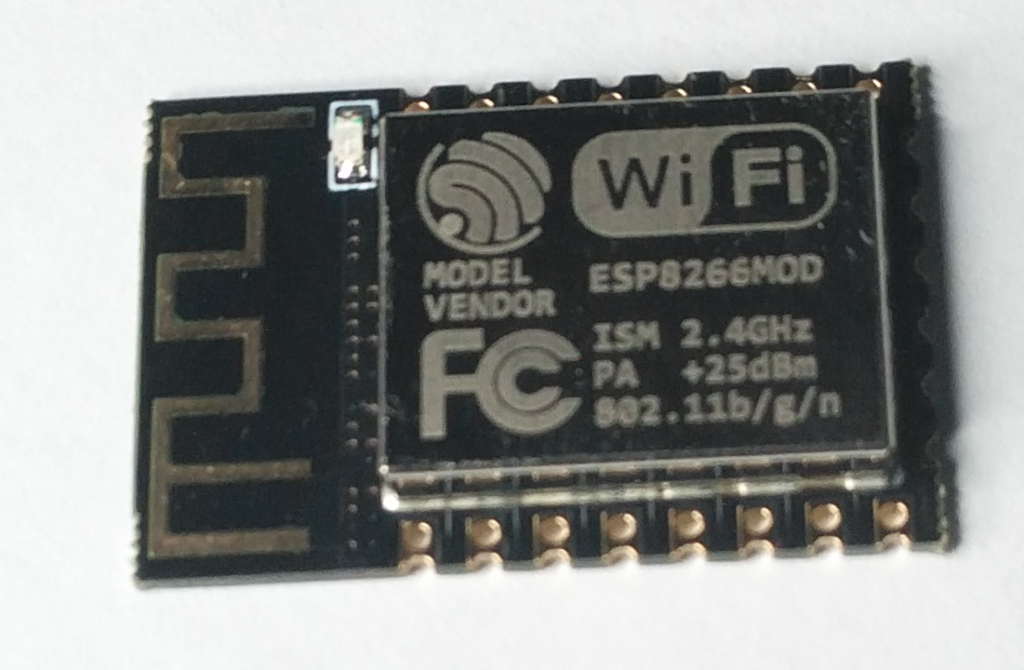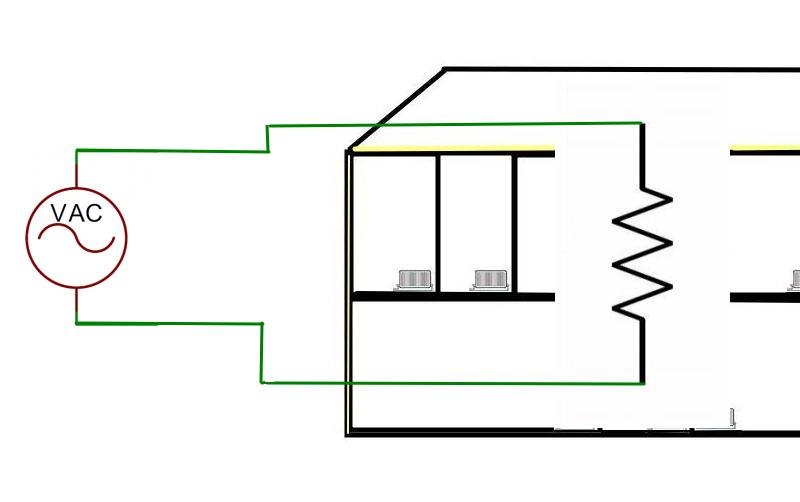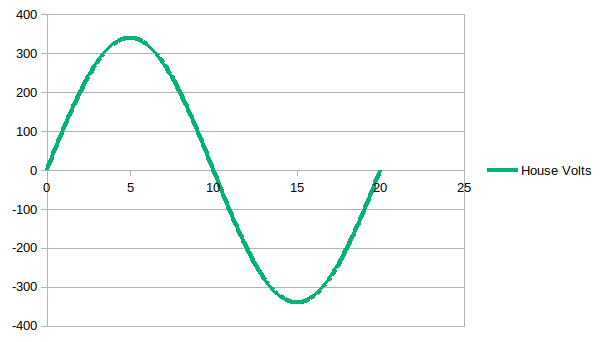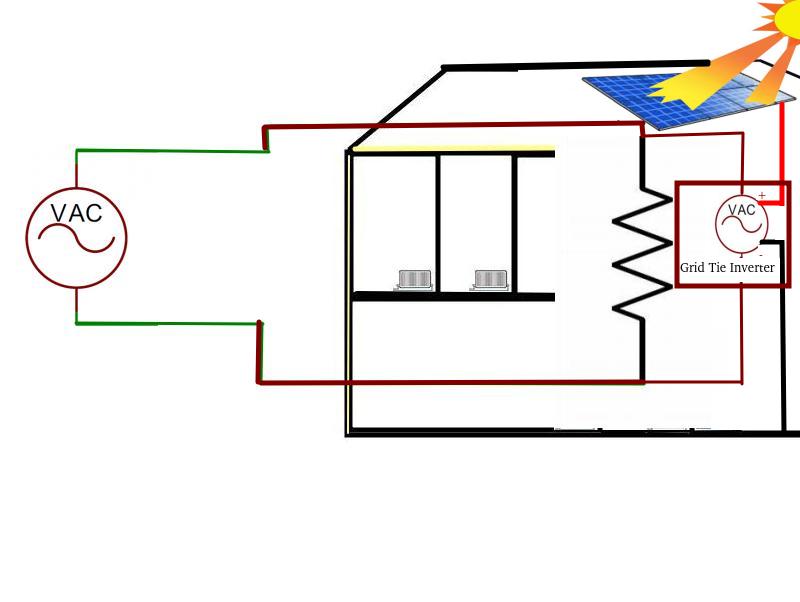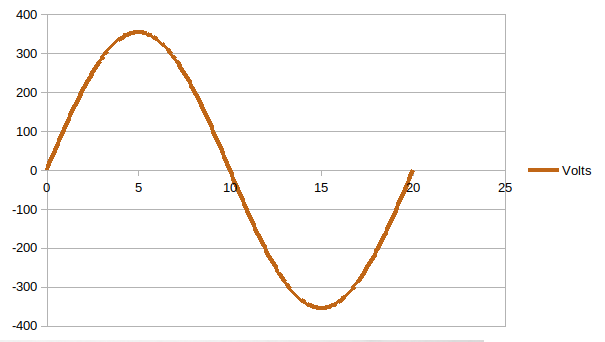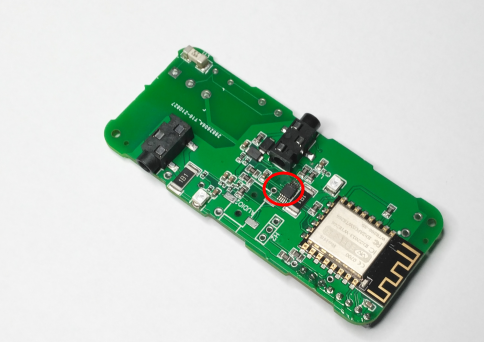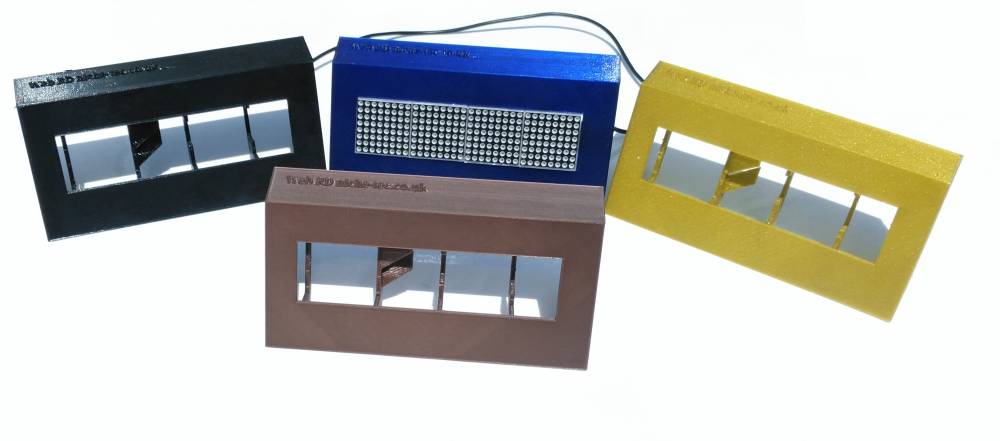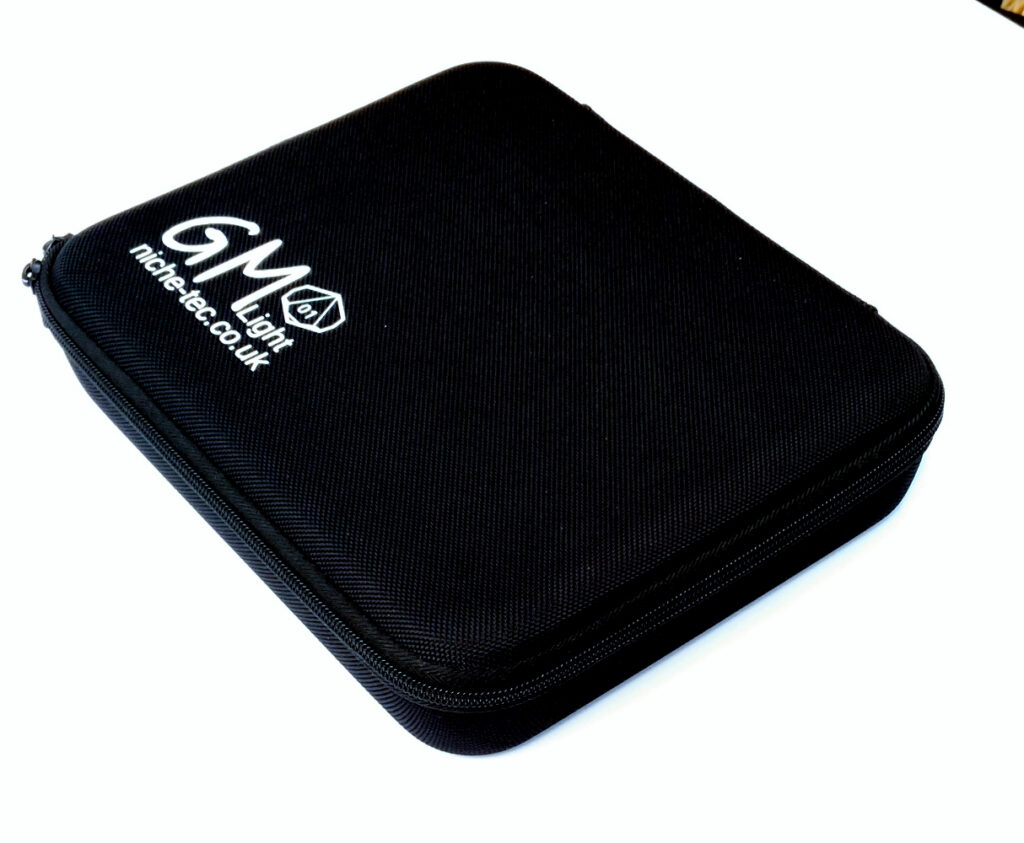
GM Light is an actual product now, rather than an idea in my head! I suppose I need to explain what it is and where it originated, well I have been a player of fantasy role playing games since I was at university in the 1980s initially as a player but very soon after, a GM. I have run many campaigns over the years and one thing that struck me was the sheer quantity of papers and paraphernalia that a GM ends up carrying to a game session. This is my attempt to reduce the amount of stuff you have to tote. Also you can bet if you roll a random encounter you won’t have the exact figure for the monster.
GM light is my solution. I have sourced 310 tokens of all the typical monsters and bad guys to allow a phys. rep. of the monster to be placed down. The numbers of the tokens lend themselves to creating a random encounter for most encounters. Rather than have a fold out battle mat which has issues with the creases and laying flat I have created two sided dry wipe tiles.

Because I wanted to cover as many role playing game systems as possible, I came up with the idea of the flavour pack. The full GM travel set comprises the GM Light core set and a flavour pack.
The flavour pack will have all the extras that are specific to a game system like monster stat cards, a combat tracker, a GM screen and a spell template. This way generic monsters from myth, folklore and popular fiction can be reused with the flavour pack for each game system.
Possible flavour packs include :
- DnD 5th Edition
- Pathfinder 2nd Edition
- DnD 3.5
- Pathfinder
- Chivalry and Sorcery
- Runequest
- Basic Fantasy RPG
- Warhammer Fantasy Roleplay 4E
- King Arthur Pendragon
- Middle Earth Role Playing
- GURPS (Generic Universal RolePlaying System)
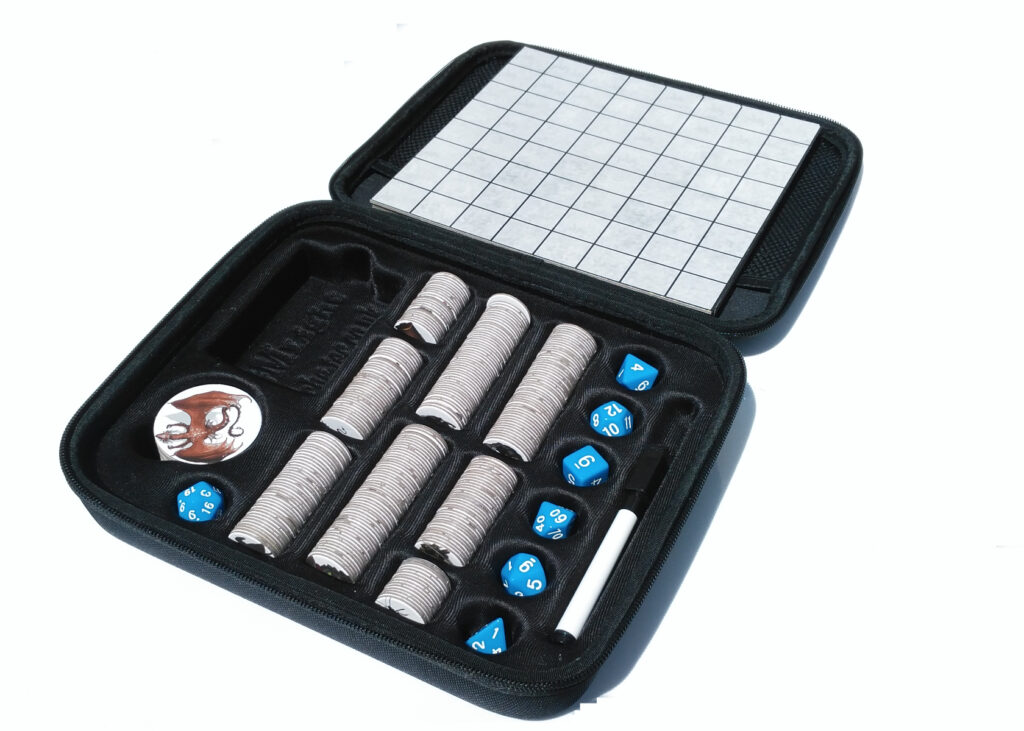
The GM travel kit will provide most of the reference material and game mechanics required to run a fantasy role playing game in a handy pack, significantly reducing the amount of materials required to run a session.
